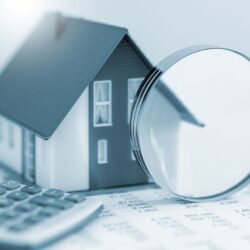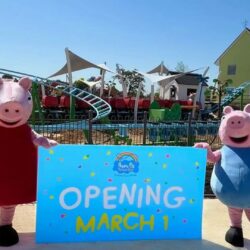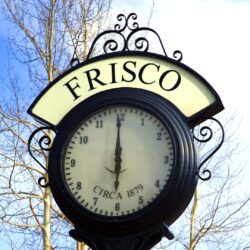Navigating the Dallas Real Estate Market Amidst Major New Developments
Investing in Dallas: Navigating the Real Estate Market Amidst Major New Developments Dallas continues to cement its position as one of America’s most dynamic real estate markets in 2025. With cranes dotting the skyline and unprecedented investment flowing into the city, investors face both exciting opportunities and unique challenges. This guide explores the current state Read more about Navigating the Dallas Real Estate Market Amidst Major New Developments[…]










